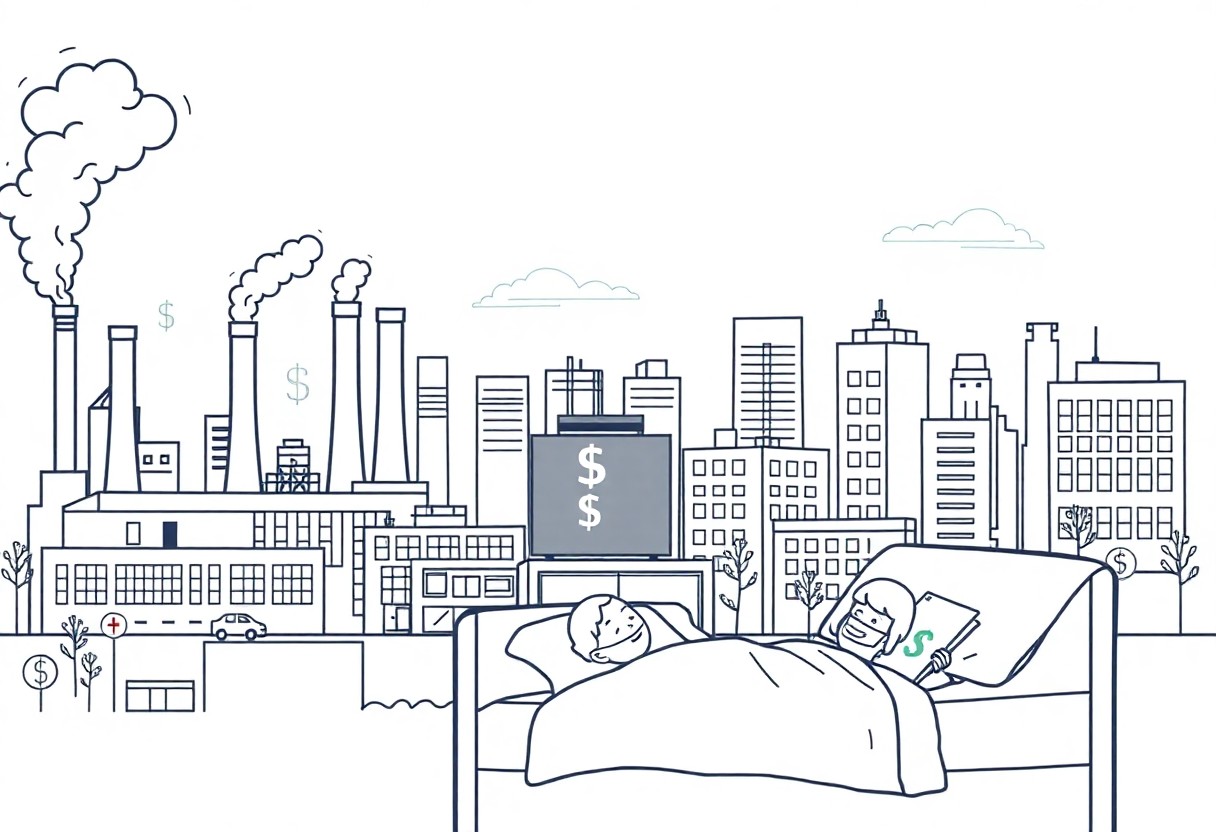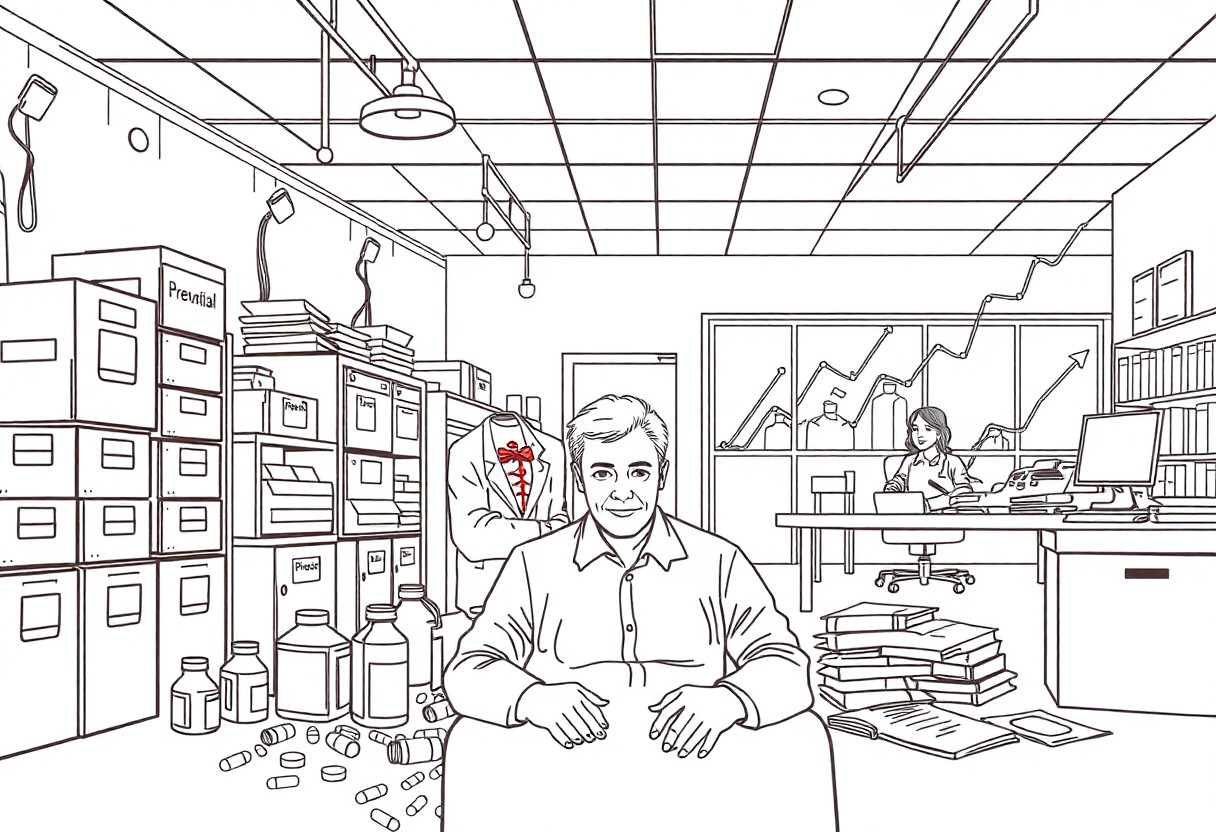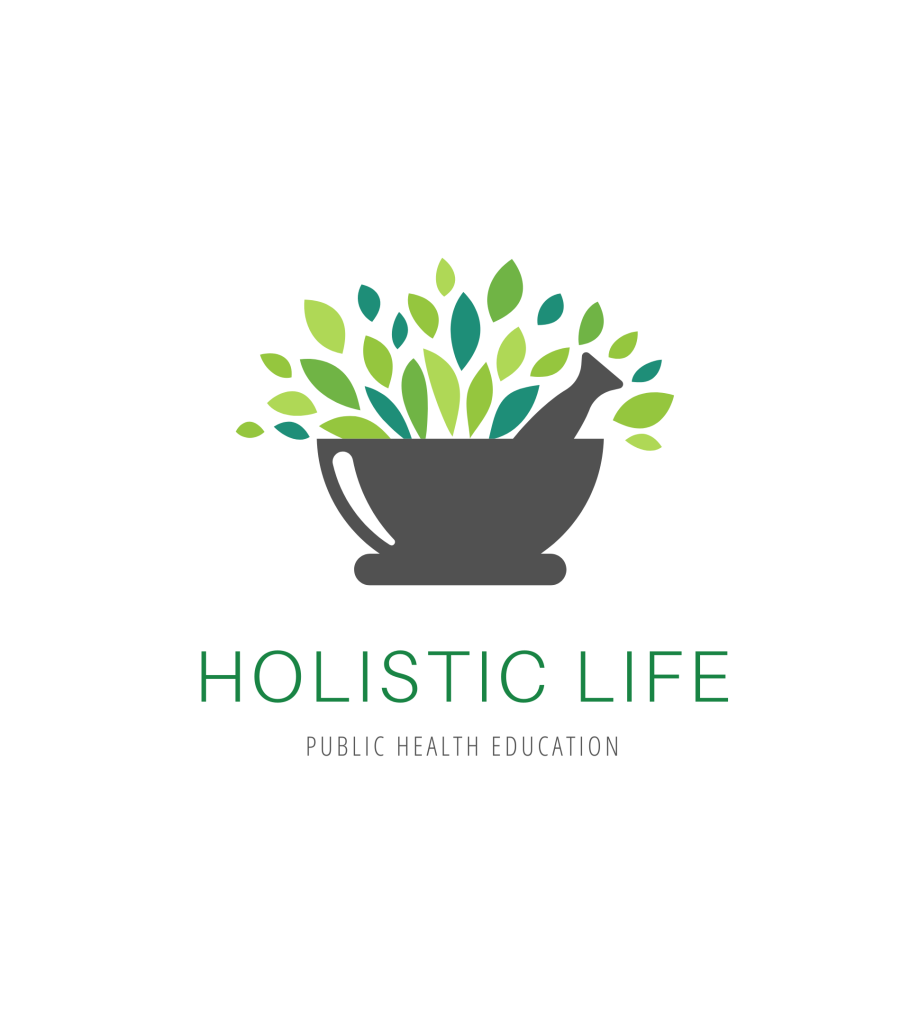It’s alarming how the system capitalizes on our health struggles. As I explore into this topic, I uncover how big pharmaceutical companies, insurance providers, and even healthcare facilities benefit financially from our ailments. You may find that instead of striving for genuine wellness, these entities often prioritize profits over your well-being, leading to a cycle of dependency and treatment rather than prevention. Understanding this dynamic empowers you to take control of your health and seek alternatives that truly prioritize your well-being.
Key Takeaways:
- The healthcare system often prioritizes profit over patient wellness, leading to ongoing treatment rather than preventative care.
- Pharmaceutical companies may focus on long-term medication solutions instead of cures, creating dependency on their products.
- Institutional factors, such as insurance policies and medical billing practices, can incentivize unnecessary procedures and tests that keep patients engaged in the system.

The Profiteering Motive: An Economic Perspective
The structure of our health system thrives on a model that keeps individuals reliant on medical intervention for survival. This approach places profit above patient wellness, incentivizing providers to treat symptoms rather than address root causes of disease. As a result, chronic conditions persist, ensuring a steady revenue stream for pharmaceutical companies and healthcare providers. The consequence? A cycle of dependency that benefits businesses while undermining genuine health.
The Business Model of Illness
Illness has become a commodity, where treatments often outweigh preventative measures. The system profits through repeat prescriptions and ongoing treatments, often increasing patient expenditures rather than fostering recovery. This model turns health into a transactional relationship, where you are viewed as a source of income rather than an individual needing holistic care.
Health Care as a Billion-Dollar Industry
The healthcare sector has ballooned into a billion-dollar industry, with spending in the U.S. alone exceeding $4 trillion annually. Revenue streams span across hospitalizations, chronic disease management, and prescription drug sales. This financial incentive shapes policy and prioritizes profit over patient outcomes, emphasizing the need for sustained illness rather than lasting health solutions.
As I examine the staggering financial data, it’s apparent that the U.S. healthcare industry is not just a vital service but a booming business. With the average American spending over $10,000 a year on healthcare, pharmaceutical companies report record-breaking profits year after year. In their quest for profitability, treatments for chronic diseases such as diabetes and hypertension become more lucrative than preventive measures. This system ultimately prioritizes shareholder returns over the well-being of patients, deepening the cycle of dependency on medical interventions and prolonging illness, all while lining the pockets of corporations with little regard for true health improvement.
The Role of Pharmaceutical Companies in Economic Gain
Pharmaceutical companies thrive in a system where patient illness equates to profit. With a focus on *maximizing shareholder returns*, these entities often prioritize *high-margin drugs* over necessary yet affordable treatments. I see it clearly in industry practices that favor *patent protections*, effectively stifling competition and enabling soaring medication prices that outpace inflation. This creates a cycle where many remain dependent on costly prescriptions, benefiting corporations more than the patients they serve.
Price Manipulation and Drug Accessibility
Through *price manipulation*, pharmaceutical companies set exorbitant prices for new drugs, making them inaccessible to many. I find it alarming how a life-saving medication can cost thousands of dollars, often due to factors such as *exaggerated research costs* and *targeting profit margins*. As a result, imperative treatments become privileges rather than rights, leaving countless individuals trapped in a cycle of sickness.
The Influence of Lobbying and Legislation
Pharmaceutical lobbying plays a significant role in shaping legislation that benefits corporate interests over public health. I notice how companies invest millions to influence policy decisions, ensuring regulations remain favorable and protecting their profit margins at the expense of consumer access. This maneuvering often leads to laws that prevent more comprehensive healthcare reforms.
In 2021 alone, pharmaceutical companies spent over *$300 million on lobbying efforts* in the U.S. These efforts have resulted in legislation that permits *extended patent protections* and hinders drug pricing negotiations, contributing to a healthcare landscape where accessibility is overshadowed by corporate gain. This manipulation not only limits choices for patients but also prioritizes profits over the imperative need for affordable care. You can see this in the way treatments become less accessible, intensifying the burden on those in desperate need of help.
The Health Insurance Paradox: Coverage vs. Cost
The paradox of health insurance lies in the disconnection between coverage and actual costs. While you may have a policy that appears comprehensive, who pays the bill and who makes the profit in treating illness often remains obscured. High premiums do not guarantee affordable care; instead, escalating costs can lead to significant out-of-pocket expenses that strain your budget and limit access to necessary services.
High Premiums and Out-of-Pocket Expenses
Despite paying high premiums, many find themselves grappling with out-of-pocket expenses that can exceed their ability to pay. These hidden costs arise from deductibles, copays, and surprise billing practices that enhance insurance providers’ profitability while leaving you vulnerable to financial strain.
The Impact of Profit-Driven Insurance Policies
Profit-driven insurance policies prioritize shareholder interests over patient care. This approach often results in restrictions like narrowed provider networks and pre-authorization requirements, which complicate your ability to access timely and appropriate treatments.
Policies driven by profit exacerbate systemic inefficiencies and create barriers between patients and healthcare. Insurers may deny imperative services based on cost rather than medical necessity, leading to poorer health outcomes for individuals. I see patients advocating fiercely for needed care, caught in the crossfire of a system engineered to maximize profit rather than prioritize health. Insurance company’s bottom lines often dictate the quality of care you receive, illustrating that patient well-being frequently takes a back seat to financial gain.

Preventative Care Neglected: A Failing System
Despite overwhelming evidence supporting the efficacy of preventative care, the system continues to neglect it. A focus on treatment rather than prevention leads to a cycle of dependency where profit outweighs patient health. Notably, a significant portion of healthcare spending goes to managing chronic diseases instead of investing in Health Care Is Sick — And Profit Is the Disease, which could be avoided through proactive measures.
How Prevention Saves Money Yet Remains Underfunded
Investing in preventative services significantly saves money over time through reduced hospital visits and chronic disease management. For instance, studies indicate that every dollar spent on vaccination programs can yield a return of up to $3 in savings. Yet, these programs often lack adequate funding and attention from both policymakers and investors. Studies surrounding food or natural remedies are virtually nonexistent or not considered reputable preventative practices because it cannot be quantified.
Systemic Barriers to Accessing Preventative Services
Many individuals face substantial obstacles in accessing preventative services. These barriers often include financial constraints, limited availability of services, and lack of awareness. Moreover, socioeconomic disparities result in unequal access, meaning those who need care the most frequently find themselves excluded from preventative options.
Financial constraints limit access to necessary preventative services, such as screenings, healthy food sources, and mental health support. Without insurance coverage, the costs can deter individuals from seeking these important services. Additionally, geographical disparities prevent many from even having nearby facilities offering preventative care. I’ve seen firsthand how these issues multiply among lower-income populations, creating a vicious cycle where they rely on costly emergency care instead. Awareness campaigns also fall short, leaving many unaware of what preventative options exist, and further entrenching the inequities in health outcomes.
Consumer Behavior: How Marketing Keeps You Sick
Marketing strategies play a significant role in shaping health choices, often prioritizing profit over wellness. Companies excel in creating campaigns that promote unhealthy food options, emphasizing taste and convenience while downplaying nutritional value. You may find yourself drawn to advertisements that glorify processed snacks or sugary beverages, reinforcing the belief that these products are imperative for your enjoyment, despite their negative health implications.
The Role of Advertising in Shaping Health Choices
Advertising aggressively targets emotions and desires, crafting narratives that associate unhealthy products with happiness and success. You’re bombarded with images showcasing ideal lifestyles intertwined with fast food, energy drinks, and other unhealthy consumables—all designed to influence your buying behavior. This connection compels you to choose convenience over quality, often leading to poor dietary choices that ultimately impact your health.
The Cycle of Dependency Created by Consumer Culture
The consumer culture cultivates a persistent cycle of dependency on unhealthy products. Each purchase reinforces the need for quick satisfaction rather than long-term wellness, trapping you in a loop of reliance on convenient but unhealthy choices. This dependency manifests in habitual consumption patterns, often leading to chronic health issues that demand ongoing medical attention, thereby enriching the very system that profits from your sickness.
This cycle is perpetuated by constant exposure to marketing that normalizes unhealthy lifestyles. For instance, many people find it difficult to resist fast food, which is designed to be both affordable and highly palatable. Studies show that consuming high-sugar and high-fat foods can lead to cravings that are hard to break, ensuring that you return to these products repeatedly. Over time, this creates a familiarity that makes healthier choices seem less appealing or more challenging to pursue, trapping you in a health-degrading pattern that benefits corporations at the expense of your well-being.
To wrap up
The healthcare system often profits by keeping you sick, prioritizing profits over your well-being. This dynamic reinforces a cycle where treatment, rather than prevention, becomes the focus. I urge you to reflect on how this system impacts your health choices. Understanding these motivations can empower you to seek better care options. As Dr. Fieseher noted, like quicksand, greed in the healthcare industry keeps us trapped. By being informed, you can take control of your health journey.
